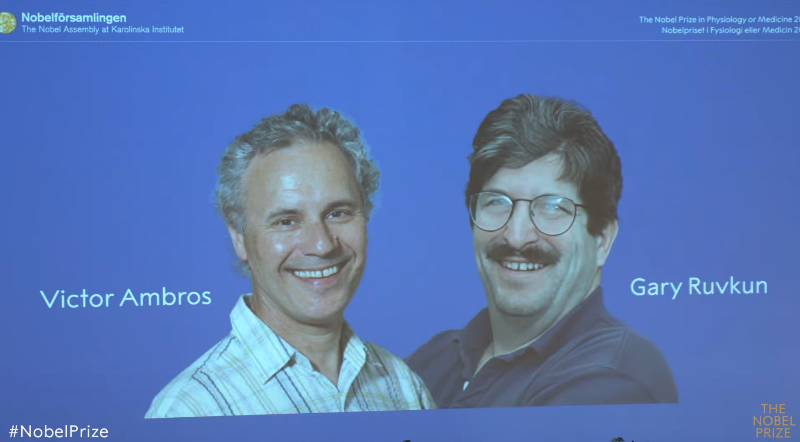by Amal Noureldin, The Conversation
Credit: Pixabay/CC0 Public Domain
Driving through downtown Dallas, you might see a striking banner hanging at the U-turn bridge, near the Walnut Hill exit on Central Expressway (US 75): "Stop Fluoridation!" Below it, other banners demand action and warn of supposed dangers.
It's not the first time fluoride has been at the center of public debate.
Since 1951, fluoride has been added to community water supplies in many countries to prevent tooth decay. Fluoridation started as an observation, then an idea that ended as a scientific revolution 50 years later.
Fluoridation is the controlled careful addition of a precise amount of fluoride to community water systems to enhance dental health, ensuring it remains safe without causing systemic health side effects.
The practice has been hailed as one of the "10 greatest public health achievements of the 20th century."
But with Robert F. Kennedy Jr., a vocal opponent of fluoridation of water supplies, being tapped by President-elect Donald Trump to lead the Department of Health and Human Services, this progress is under threat.
I am a clinical professor specializing in caries management, with over 30 years of experience in preventing and treating early decay. In my view, it is crucial to rely on evidence-based practices and research that have consistently shown fluoride to be a cornerstone of dental health, benefiting millions without adverse effects.
Fluoride in the water supply
Fluoride is a naturally occurring mineral found in water, soil and even certain foods. Its role in oral health was first recognized in the early 20th century when researchers observed lower rates of tooth decay in communities with naturally high levels of fluoride in their water.
In 1945, Grand Rapids, Michigan, became the first city in the world to intentionally fluoridate its water supply. This decision came after thorough discussions with Dr. H. Trendley Dean, head of the dental hygiene unit at the National Institutes of Health at the time, and other public health organizations. The Michigan Department of Health approved adding fluoride to the public water supply the following year.
The city was chosen due to its low natural fluoride levels, a large population of school-age children, and proximity to Muskegon, which served as a control city. After 11 years, the results were remarkable: Cavity rates among children in Grand Rapids born after fluoridation began dropped by over 60%. This scientific breakthrough transformed dental care, turning tooth decay into a preventable condition for the first time in history.
By 2008, over 72% of the U.S. population—over 200 million Americans—using public water systems had access to fluoridated water.
This scientific breakthrough transformed dental care, turning tooth decay into a preventable condition for the first time in history.
Fluoride is naturally present in most water sources, but typically at concentrations too low to prevent tooth decay. By adjusting the fluoride level to the recommended 0.7 milligrams per liter, equivalent to about three drops in a 55-gallon barrel, it becomes sufficient to strengthen tooth enamel.
Benefits of fluoride for tooth health
The science is simple: Fluoride strengthens tooth enamel, the protective outer layer of teeth, by promoting remineralization. It also makes teeth more resistant to the acids produced by bacteria in the mouth. This helps prevent cavities, a problem that remains widespread even in modern societies.
Fluoridated water has been extensively studied, and its benefits are well documented. According to the Centers for Disease Control and Prevention, water fluoridation reduces cavities by about 25% across all age groups. It's a public health measure that works passively—every sip of water helps protect your teeth, without requiring you to change your behavior.
This is especially important for vulnerable populations. Low-income communities often face barriers to accessing dental care or fluoride products like toothpaste. By fluoridating water, communities provide a safety net, ensuring that everyone benefits regardless of their circumstances.
Economically, it's a smart investment. Research shows that for every dollar spent on fluoridation, communities save about US$20 in dental treatment costs. These savings come from fewer fillings, extractions and emergency visits—expenses that disproportionately affect low-income communities.
Opposition to fluoridation
Despite its benefits, water fluoridation is not without controversy. Opponents often argue that it infringes on personal choice—after all, most people don't get to opt out of drinking community water. Others raise concerns about potential health risks, such as fluorosis, bone issues or thyroid problems.
Fluorosis, a condition caused by excessive fluoride exposure during childhood, is often cited as a reason for alarm. However, in most cases, it manifests as mild white spots on teeth and is not harmful. Severe fluorosis is rare in areas with regulated fluoride levels.
What about other health risks? Decades of research, including large-scale reviews by expert panels from around the world as well as the World Health Organization, have found no credible evidence linking fluoridation to serious health problems when fluoride levels are kept within recommended limits. In fact, the fluoride concentration in drinking water is carefully monitored to balance safety and effectiveness.
The CDC oversees the monitoring of fluoride levels in community water systems across the United States. Meanwhile, the Environmental Protection Agency establishes a safety standard of 2 milligrams per liter to prevent mild or moderate dental fluorosis.
Still, the debate continues, fueled by misinformation and mistrust in public health initiatives.
It's important to separate legitimate concerns from unfounded claims and rely on the overwhelming body of evidence supporting fluoridation's safety.
Fluoride alternatives
For those who prefer to avoid fluoride, there are alternatives to consider. But they come with challenges.
Fluoride-free toothpaste is one option, but it is less effective at preventing cavities compared with fluoride-containing products. Calcium-based treatments, like hydroxyapatite toothpaste, are gaining popularity as a fluoride alternative, though research on their effectiveness is still limited.
Diet plays a crucial role too. Cutting back on sugary snacks and drinks can significantly reduce the risk of cavities. Incorporating foods like crunchy vegetables, cheese and yogurt into your diet can help promote oral health by stimulating saliva production and providing essential nutrients that strengthen tooth enamel.
However, these lifestyle changes require consistent effort and education—something not all people or communities have access to.
Community programs like dental sealant initiatives can also help, especially for children. Sealants are thin coatings applied to the chewing surfaces of teeth, preventing decay in high-risk areas. While effective, these programs are more resource-intensive and can't replicate the broad, passive benefits of water fluoridation.
Ultimately, alternatives exist, but they place a greater burden on people and might not address the needs of the most vulnerable populations.
Should fluoridation be a personal choice?
The argument that water fluoridation takes away personal choice is one of the most persuasive stances against its use. Why not leave fluoride in toothpaste and mouthwash, giving people the freedom to use it or not, some argue.
This perspective is understandable, but it overlooks the broader goals of public health. Fluoridation is like adding iodine to salt or vitamin D to milk. These are measures that prevent widespread health issues in a simple, cost-effective way. Such interventions aren't about imposing choices; they're about providing a baseline of protection for everyone.
Without fluoridated water, low-income communities would bear the brunt of increased dental disease. Children, in particular, would suffer more cavities, leading to pain, missed school days and costly treatments. Public health policies aim to prevent these outcomes while balancing individual freedoms with collective well-being.
For those who wish to avoid fluoride, alternatives like bottled or filtered water are available. At the same time, policymakers should continue to ensure that fluoridation levels are safe and effective, addressing concerns transparently to build trust.
As debates about fluoride continue, the main question is how to best protect everyone's oral health. While removing fluoride might appeal to those valuing personal choice, it risks undoing decades of progress against tooth decay.
Whether through fluoridation or other methods, oral health remains a public health priority. Addressing it requires thoughtful, evidence-based solutions that ensure equity, safety and community well-being.
Provided by The Conversation
This article is republished from The Conversation under a Creative Commons license. Read the original article.







Post comments